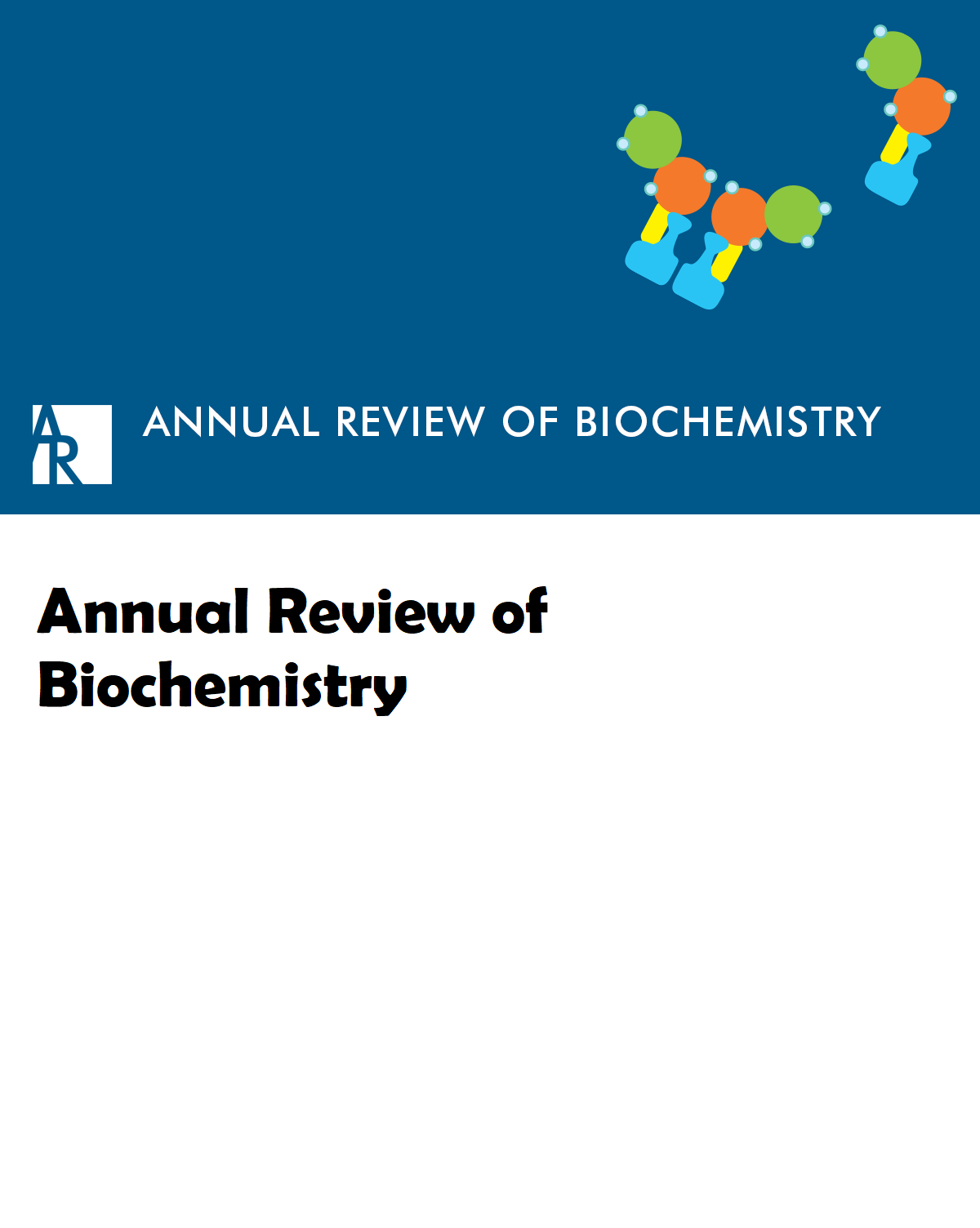Molecular Characteristics and Biological Functions of Surface-Active and Surfactant Proteins.
IF 12.1
1区 生物学
Q1 BIOCHEMISTRY & MOLECULAR BIOLOGY
引用次数: 45
Abstract
Many critical biological processes take place at hydrophobic:hydrophilic interfaces, and a wide range of organisms produce surface-active proteins and peptides that reduce surface and interfacial tension and mediate growth and development at these boundaries. Microorganisms produce both small lipid-associated peptides and amphipathic proteins that allow growth across water:air boundaries, attachment to surfaces, predation, and improved bioavailability of hydrophobic substrates. Higher-order organisms produce surface-active proteins with a wide variety of functions, including the provision of protective foam environments for vulnerable reproductive stages, evaporative cooling, and gas exchange across airway membranes. In general, the biological functions supported by these diverse polypeptides require them to have an amphipathic nature, and this is achieved by a diverse range of molecular structures, with some proteins undergoing significant conformational change or intermolecular association to generate the structures that are surface active.表面活性蛋白和表面活性蛋白的分子特征和生物学功能。
许多关键的生物过程发生在疏水性界面:亲水性界面,各种生物体产生表面活性蛋白质和肽,降低表面和界面张力,并介导这些边界的生长和发育。微生物产生小的脂质相关肽和两亲性蛋白质,它们允许在水上生长:空气边界、附着在表面、捕食和提高疏水底物的生物利用度。高级生物体产生具有多种功能的表面活性蛋白质,包括为脆弱的生殖阶段提供保护性泡沫环境、蒸发冷却和通过气道膜进行气体交换。一般来说,这些不同多肽支持的生物功能要求它们具有两亲性,这是通过各种分子结构实现的,一些蛋白质经历显著的构象变化或分子间缔合,以产生表面活性的结构。
本文章由计算机程序翻译,如有差异,请以英文原文为准。
求助全文
约1分钟内获得全文
求助全文
来源期刊

Annual review of biochemistry
生物-生化与分子生物学
CiteScore
33.90
自引率
0.00%
发文量
31
期刊介绍:
The Annual Review of Biochemistry, in publication since 1932, sets the standard for review articles in biological chemistry and molecular biology. Since its inception, these volumes have served as an indispensable resource for both the practicing biochemist and students of biochemistry.
 求助内容:
求助内容: 应助结果提醒方式:
应助结果提醒方式:


